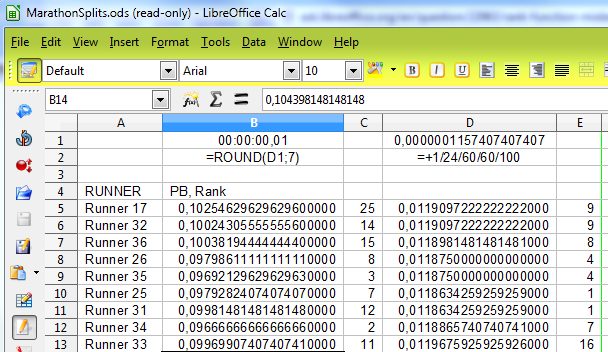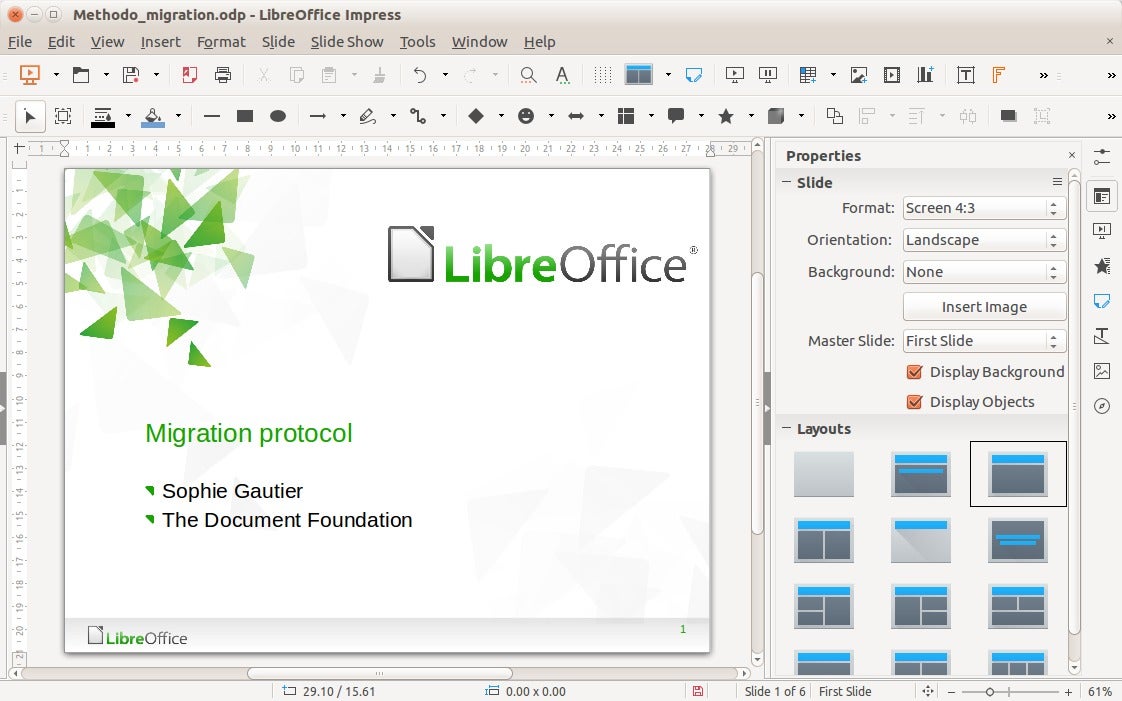

- LIBREOFFICE BASIC DATE FUNCTIONS SOFTWARE
- LIBREOFFICE BASIC DATE FUNCTIONS ISO
- LIBREOFFICE BASIC DATE FUNCTIONS DOWNLOAD
- LIBREOFFICE BASIC DATE FUNCTIONS WINDOWS
Honor 7 firmware plk-al10 download from torrent. I would like to format by date 'mmmm d, yyyy' (e. I am trying to insert the date into a letter as part of a larger macro.
LIBREOFFICE BASIC DATE FUNCTIONS ISO
What could we do to convert these DD-MM-YYYY dates to the ISO 8601 standard YYYY-MM-DD dates? The trick here is to use LibreOffice RIGHT, MID and LEFT functions to pull the faulty date apart, and then to put it back together in a new column using the DATE function. YYYY-MM-DD, are used from the very start, instead of ambiguous local formats), we ended up with a stubborn subset of DD-MM-YYYY formatted dates in cells that explicitly had ISO 8601 format configured. After having to fix hundreds of badly entered dates with basic functions (we highly recommend that, i.e.
LIBREOFFICE BASIC DATE FUNCTIONS SOFTWARE
We’re using LibreOffice Calc, because research should be reproducible by anyone, not just those in possession of prioprietary software licenses (this also means that we use R, JGR and instead of SPSS and Statistica perhaps more on that later). JavaScript does not support leap seconds.I’m helping someone process a collection of research data that has been entered by a third party using Excel.

Someīrowsers use the current DST (Daylight Saving Time) rules for all dates in history. Please note: All tools on this page are based on the date & time settings of your computer and use JavaScript to convert times. More date related programming examples: What's the current week number? - What's the current day number? Thanks to everyone who sent me corrections and updates!
LIBREOFFICE BASIC DATE FUNCTIONS WINDOWS
Works for Windows PowerShell v1 and v2Ĭommand line: perl -e "print scalar(localtime(epoch))" (If Perl is installed) Replace 'localtime' with 'gmtime' for GMT/UTC time. Math.floor(new Date().getTime()/1000.0) The getTime method returns the time in milliseconds.ĭATETIME() -, then use: get-epochDate 1520000000. SELECT dbinfo('utc_current') FROM sysmaster:sysdual SELECT (CAST(SYS_EXTRACT_UTC(SYSTIMESTAMP) AS DATE) - TO_DATE('','DD/MM/YYYY')) * 24 * 60 * 60 FROM DUAL SELECT unix_timestamp(now()) More MySQL examples (version 18+), older versions: calendar:datetime_to_gregorian_seconds(calendar:universal_time())-719528*24*3600. timeIntervalSince1970] (returns double) or NSString *currentTimestamp = timeIntervalSince1970]] ĭouble now = std::chrono::duration_cast(std::chrono::system_clock::now().time_since_epoch()).count() Įpoch := DateTimetoUnix(Now) Tested in Delphi 2010.Įrlang:system_time(seconds). Long epoch = System.currentTimeMillis()/1000 Returns epoch in seconds.ĭ() (.NET Framework 4.6+/.NET Core), older versions: var epoch = (DateTime.UtcNow - new DateTime(1970, 1, 1, 0, 0, 0, DateTimeKind.Utc)).TotalSeconds This function was first introduced in PHP Version 4 and, works with all the later versions. If you pass the boolean value true as a parameter to this method, it returns the current time in seconds since the Unix epoch accurate to the nearest microsecond. By default this returns a string value in the form msec sec. PHP microtime() function returns the current Unix timestamp. If you pass the boolean value true as a parameter, this function returns result as floating point value.

This is a boolean value which is used to specify whether the result should be a floating point value or not.


 0 kommentar(er)
0 kommentar(er)
